The garden in winter
Melissa Northern Italy zone 8
7 years ago
last modified: 7 years ago
Featured Answer
Sort by:Oldest
Comments (22)
User
7 years agoCori Ann - H0uzz violated my privacy
7 years agoRelated Discussions
Sharing the garden during winter
Comments (0)I thought that I would post some pix of my garden joy from the summer. Jim...See MorePreparing garden for winter
Comments (2)If I were to do it , I would take all the top good portion out. (pile it on the side)Then dig inside the box , a good shovel depth. Then add compost, About 6 to 8 bags. and mix everything real good. Then return whatever you took out. Add about another 4 to 6 bags of compost/manur and mix it all together. Clay when amended with organic matter is good. If you do this. you will have more than enough depth for just about any vegetables. In general, you need a minimum of 10 to 12 inches of good mixture. With a 4'x4' it should not be very hard to do....See MoreDo you work in your garden all winter?
Comments (16)Winter is often the busiest gardening time for me, especially if there's heavy labor involved. Also, I always avail myself of late fall markdowns that get planted over the winter. Just don't have the ooomph to battle the bugs & heat of summer like I used to. It helps that I don't plant annuals except for a few window/porch pots, and that 99% of my plantings are flowering shrubs and evergreens. GreenthumbGene - re "not fully understanding your NC garden ... I think you'll find a whole lot of gardeners here, myself included, who had a lot to learn upon landing here. There's some good NC gardening books out there that'll set things straight, along with NC State University's online content. But, I've learned the most right here at Gardening in the Carolinas, so you're in the right place :) Here is a link that might be useful: NC State Urban Horticulture...See Morecovering your garden for winter
Comments (5)10" is pretty thick!!! you need it to get water to break down, so I wouldn't put cardboard (even soaked) on top of it now. Leaves are basically carbon, and to break it down faster it needs moisture and nitrogen... things like grass clippings and green stuff that we don't have now. When I want to break down lots of leaves fast in the compost bin, and I don't have lots of 'greens' (nitrogen) to mix in, I add watered-down urine. Really -- it works. :) ETA: urine is rich in nitrogen....See MoreCori Ann - H0uzz violated my privacy
7 years agoRosefolly
7 years agolast modified: 7 years agoingrid_vc so. CA zone 9
7 years agosmithdale1z8pnw
7 years agoMelissa Northern Italy zone 8
7 years agolast modified: 7 years agoSheila z8a Rogue Valley OR
7 years agosmithdale1z8pnw
7 years agoUser
7 years agoHans
7 years agoVicissitudezz
7 years agoMelissa Northern Italy zone 8
7 years agoGenevre
7 years agoVicissitudezz
7 years agofloridarosez9 Morgan
7 years agoMelissa Northern Italy zone 8
7 years agoGenevre
7 years agodaisyincrete Z10? 905feet/275 metres
7 years agomariannese
7 years agoSheila z8a Rogue Valley OR
7 years ago
Related Stories

WINTER GARDENING10 Native Wildflowers to Beautify Your Winter Garden
They stand strong in wind, feed wildlife and are easy to grow. But you may want to add these plants for their looks alone
Full Story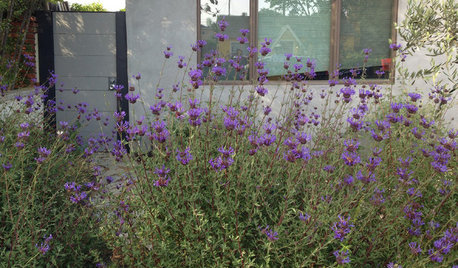
GARDENING GUIDES10 Late-Winter and Early-Spring Bloomers for the West
Tired of waiting for spring to arrive? Try these drought-tolerant, flowering plants for color that starts in late winter
Full Story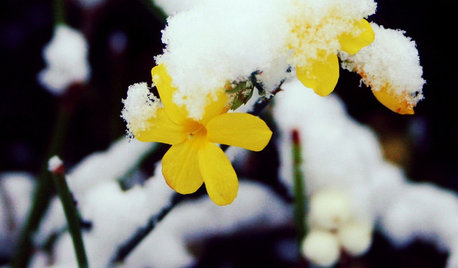
YELLOW FLOWERSGreat Design Plant: Winter Jasmine Gladdens Snowy Gardens
Sunny yellow flowers defy the frost, bringing cheer to the garden on gray days
Full Story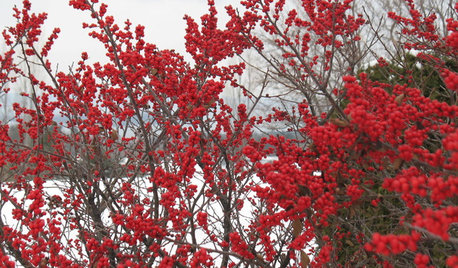
GARDENING GUIDES6 Rockin’ Red Plants for Winter Gardens
Use the bright berries or branches of these cold-climate favorites for outdoor garden interest or container arrangements anywhere
Full Story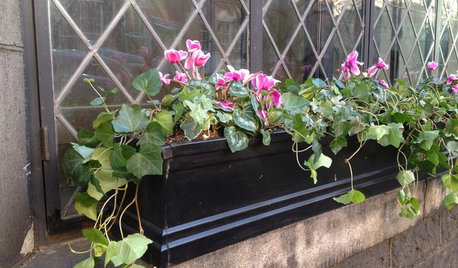
WINTER GARDENINGCity Gardener: Fun With Winter Window Boxes
Winter's chill and a lack of yardage don't need to deter you from bedecking your windows with eye-catching arrangements like these
Full Story0
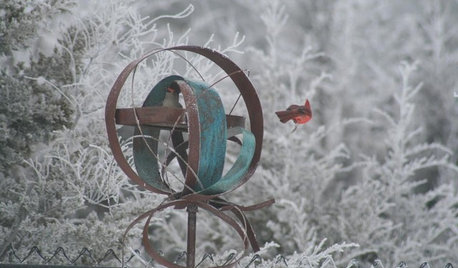
WINTER GARDENING4 Reasons to Celebrate Your Garden in Winter
The season of rest and replenishment is key to a successful wildlife-focused yard
Full Story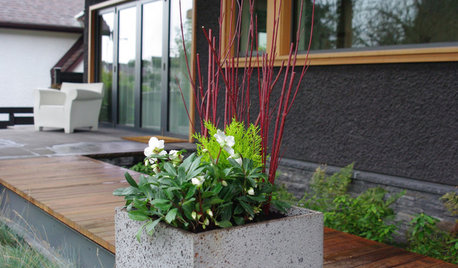
WINTER GARDENING7 Container Plantings to Bring Winter Gardens to Life
Adding instant color but with long-lasting practicality, these plant groupings are bright spots in a slumbering wintertime garden
Full Story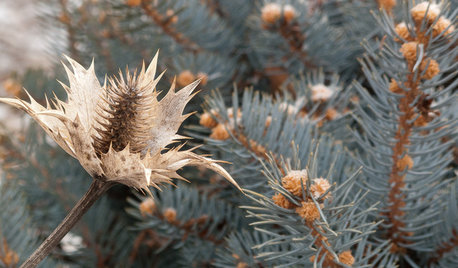
WINTER GARDENINGInspiring Winter Scenes From the Denver Botanic Gardens
Use seed heads, bare branches and grasses to design lovely garden displays when the ground is frozen
Full Story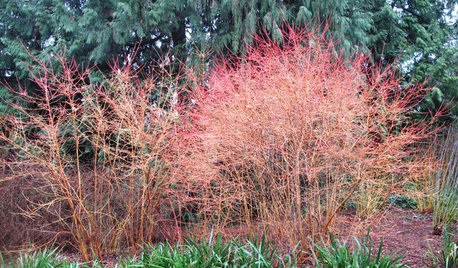
WINTER GARDENINGColor Sparks a Winter Landscape
Try these beautiful winter plants to give your garden pizzazz when most branches are bare
Full Story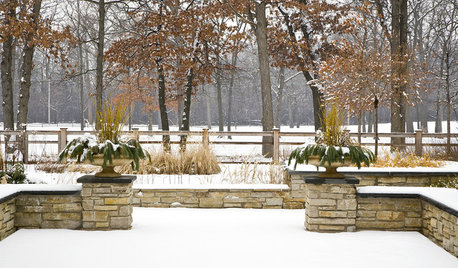
WINTER GARDENING10 Ingredients of a Beautiful Winter Garden
Winter gardens have a beauty all their own. Enjoy its bare branches, sculptural evergreens, and more
Full Story




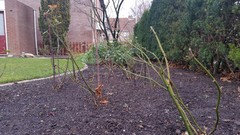






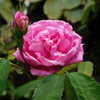
Vicissitudezz